Organisation Lowell Observatory Wavelength Optical/near-infrared First light April 2012 Organization Lowell Observatory | Altitude 2,360 m (7,740 ft) Built 2006–2012 Location Happy Jack | |
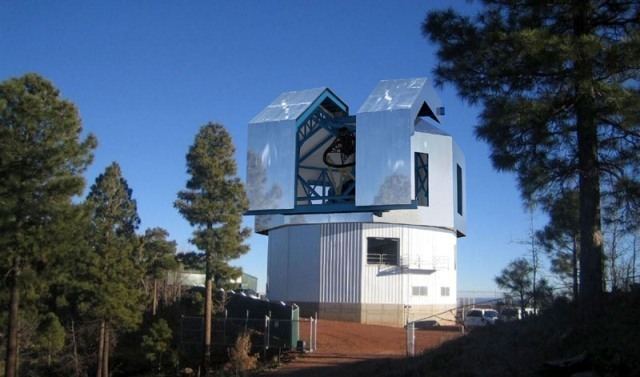 | ||
Telescope style Two configurations:
prime focus (f/2.3)
Ritchey-Chrétien (f/6.1) | ||
Re aluminization of the discovery channel telescope
The Discovery Channel Telescope (DCT) is a 4.3 m (170 in) aperture telescope built by Lowell Observatory and The Discovery Channel. DCT was built at a dark sky site in the Coconino National Forest near Happy Jack, Arizona. Happy Jack is located at an elevation of 2,360 m (7,740 ft) and is approximately 65 km (40 mi) south-south-east of Flagstaff. The project was initially a partnership between Discovery Communications and Lowell Observatory. The research partnerships have been extended to include Boston University, The University of Maryland, The University of Toledo, and Northern Arizona University. In its initial implementation, the telescope will cost approximately US$53 million. The telescope will significantly augment Lowell Observatory’s observational capability and enable pioneering studies in a number of important research areas.
Contents
- Re aluminization of the discovery channel telescope
- Telescope
- Construction
- Research
- Comparisons
- References

Final construction of the telescope was completed by February 2012 and first light images were taken in April 2012.

Telescope
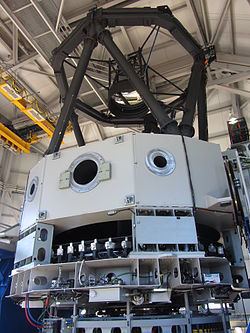
The DCT is designed to support a variety of optical configurations. The phase one configuration will be ideal for high-resolution imaging and spectroscopy both at visible and the near-infrared wavelengths. The telescope is designed to allow a very large, 0.2-degree field of view in its prime focus implementation – a possible future upgrade. Accordingly, the DCT will feature exceptional ability to perform deep imaging surveys of the night sky, while retaining the ability to be switched to the alternate Ritchey-Chrétien mode, allowing it, unlike pure survey telescopes, to be highly effective during the bright phases of the Moon. The DCT was designed by Alan Dodson.
Construction
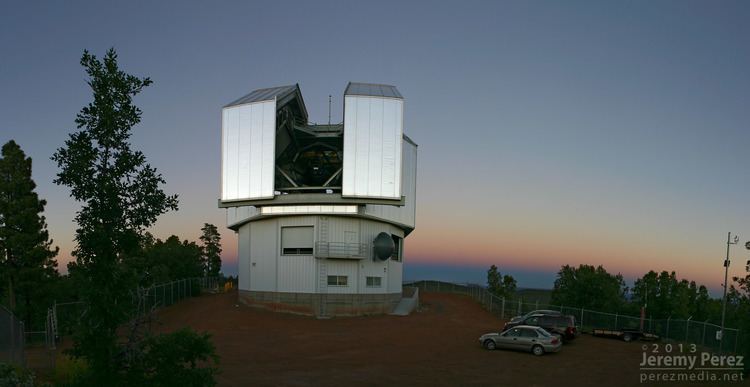
Lowell Observatory and Discovery Communications formed a partnership to build the Discovery Channel Telescope in February 2003. A special-use permit for construction and operation of the telescope at the Happy Jack site was received from the United States Forest Service in November 2004 and improvement of an existing road to the site commenced immediately. The primary mirror blank was completed by Corning in late 2005. Construction of the 26-meter-tall (85-foot), 19-meter-diameter (62-foot) telescope enclosure and an auxiliary support building began in mid-September 2005. Final figuring and polishing of the mirror, which weighs about 3,000 kg (6,700 lb), was completed by the University of Arizona’s College of Optical Sciences. This process took about three years. The mirror was delivered to the site in June 2010, subsequently aluminized, and mounted on the telescope in August 2011. The telescope saw first light in 2012 and it was fully operational that year. It was only expected to be a 4.2 m, but it turned out 4.3 m (14 ft) could be used.
Research
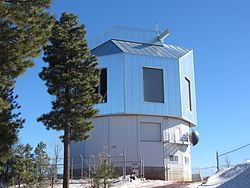
The telescope will initially be applied to a wide and evolving range of research topics. Initially these will include a survey of the composition of Kuiper Belt objects orbiting the sun beyond Neptune, studies of the physical properties of comets, investigations of the evolution and structure of small galaxies, plus studies of the masses of stars, to name a few.
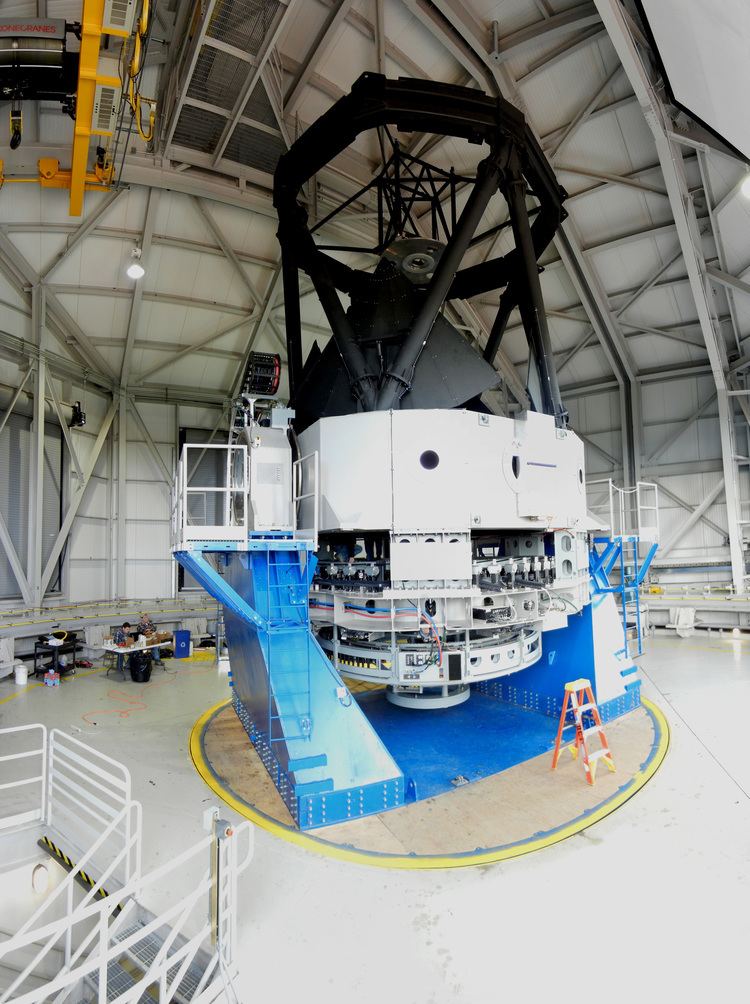
Project Leaders include Dr. Jeffrey Hall, Director, Lowell Observatory; Dr. Stephen Levine, Commissioning Scientist; Bill DeGroff, Project Manager; Dr. De Gea, Instrument Scientist; and Ralph Nye, Director of Technical Services.
Comparisons
At 4.3 m (14 ft), the DCT is the fifth largest optical telescope in the continental United States, following the Hobby-Eberly Telescope 9.2 m (30 ft) segmented telescope, the Large Binocular Telescope twin 8.4 m (28 ft) telescopes, the MMT 6.5 m (21 ft) telescope, and the Hale 5.08 m (16.7 ft) telescope.
